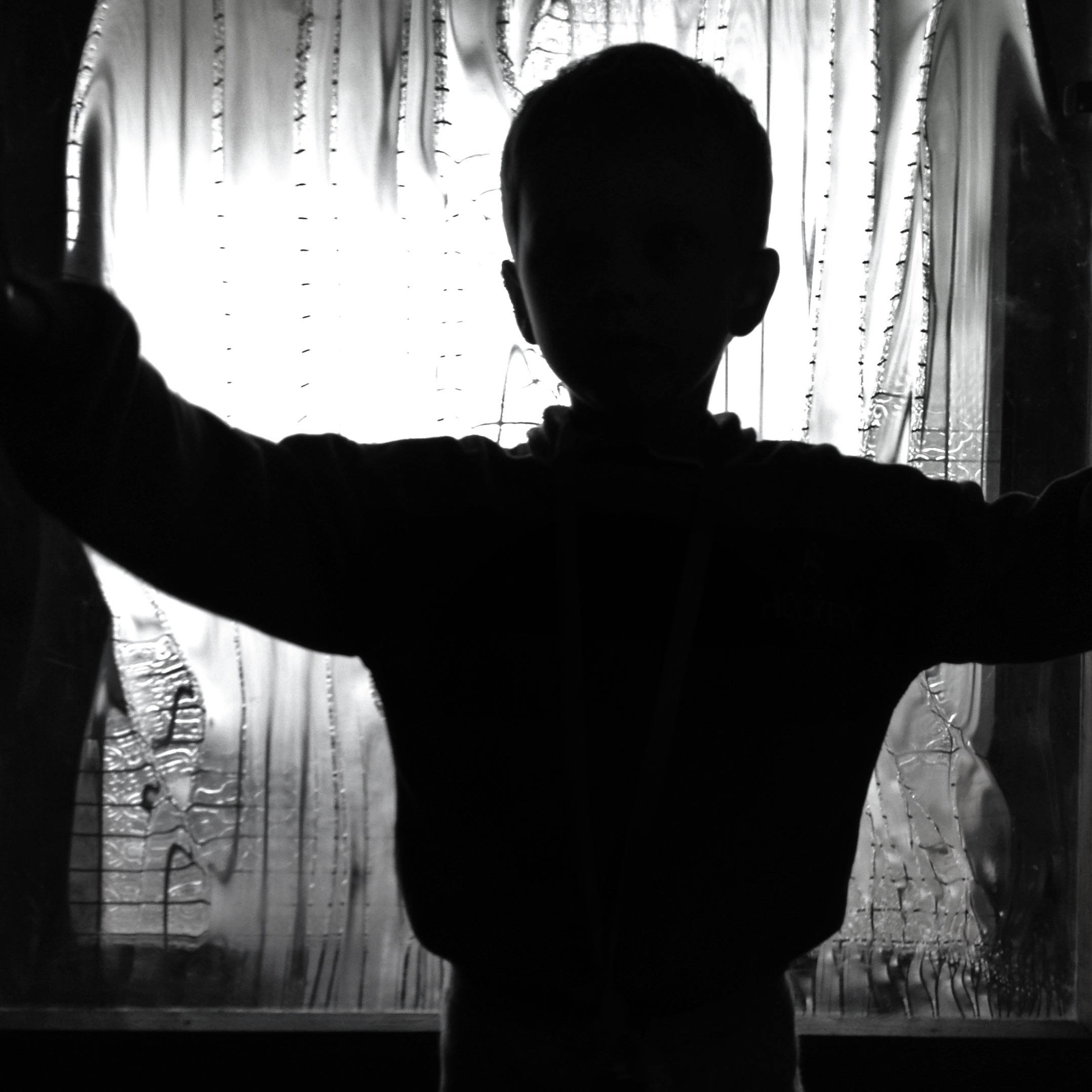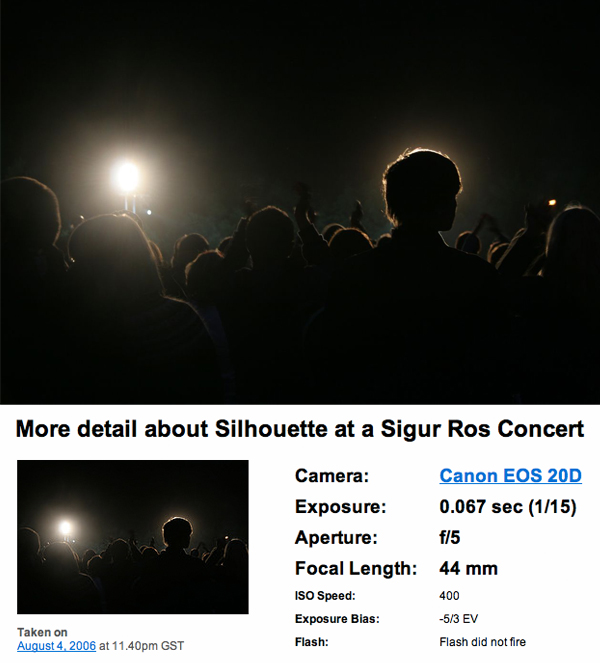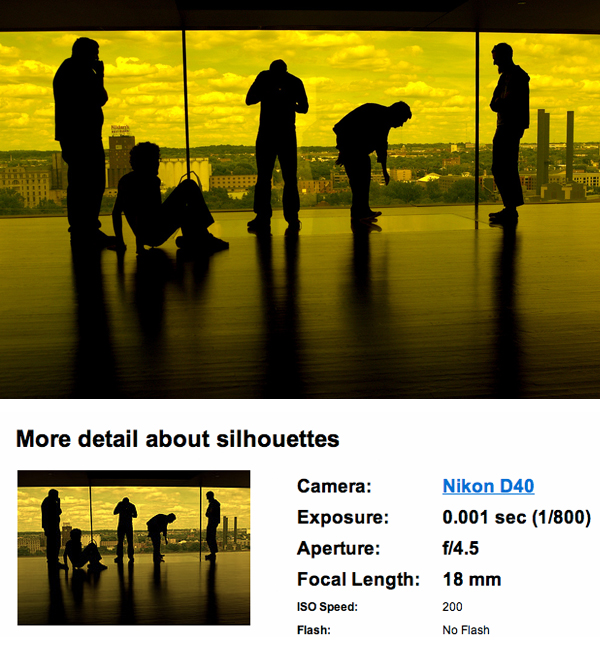Which lighting direction is used to create silhouettes information
Home » Wallpapers » Which lighting direction is used to create silhouettes informationYour Which lighting direction is used to create silhouettes images are available in this site. Which lighting direction is used to create silhouettes are a topic that is being searched for and liked by netizens today. You can Find and Download the Which lighting direction is used to create silhouettes files here. Download all free photos.
If you’re looking for which lighting direction is used to create silhouettes images information linked to the which lighting direction is used to create silhouettes keyword, you have visit the ideal site. Our website always gives you hints for seeing the highest quality video and picture content, please kindly hunt and locate more informative video content and images that fit your interests.
Which Lighting Direction Is Used To Create Silhouettes. As the name suggests it involves lighting the subject from behind which will not give any lighting on the front of the subject. You can create hard lighting with direct sunlight or a small powerful light source. Typically Ill use this kind of light if Im shooting a person in bright daylight. Front lighting is always the best light direction for a portrait.
 The High Tech Cameras That Make The Movies You Love Photography Basics Photography Tips Light Photography From pinterest.com
The High Tech Cameras That Make The Movies You Love Photography Basics Photography Tips Light Photography From pinterest.com
You can create hard lighting with direct sunlight or a small powerful light source. Used by itself strong back lighting will typically create a silhouette. See low-key lighting. One benefit of a continuous light source is that you can see the shadows and highlights that it. Backlighting is caused when the light source is behind the subject shining towards the camera. Strobe lighting tends to create hot spots and can make a portrait uncomfortable for the individual.
Usually a back lighting technique is used to enhance a silhouette or to provide a little separation in combination with other light sources.
As the name suggests it involves lighting the subject from behind which will not give any lighting on the front of the subject. A silhouette effect is created when a light source is placed behind your subject with little to no light in front of your subject. The correct answer was given. For example a gobo could be used to create a dappled lighting effect to look like the leaves of a forest or could be cut to create. Strobe lighting tends to create hot spots and can make a portrait uncomfortable for the individual. A sunset works great because not only is the sky a gorgeous color as a backdrop but the sun is low on the horizon and provides an excellent light source.
 Source: pinterest.com
Source: pinterest.com
We feature Viva interview and multiple choice questions and answers Engineering finance and science students. Which lighting direction is used to create silhouettes. We feature Viva interview and multiple choice questions and answers Engineering finance and science students. So an additional fill light is often used to add some front or side light. Typically Ill use this kind of light if Im shooting a person in bright daylight.
 Source: pinterest.com
Source: pinterest.com
Back lighting is not often used as a single light source. Backlighting is caused when the light source is behind the subject shining towards the camera. See low-key lighting. As the name suggests it involves lighting the subject from behind which will not give any lighting on the front of the subject. If your subject obscures the light source - and if you expose for the background rather that your subject the result will be a silhouette.
 Source: pinterest.com
Source: pinterest.com
Despite it creating harsh shadows hard lighting is great for drawing attention to your main subject or to an area of the scene highlighting your subjects contour and creating a strong silhouette. See low-key lighting. Front lighting is always the best light direction for a portrait. You can create hard lighting with direct sunlight or a small powerful light source. Despite it creating harsh shadows hard lighting is great for drawing attention to your main subject or to an area of the scene highlighting your subjects contour and creating a strong silhouette.
 Source: photography.tutsplus.com
Source: photography.tutsplus.com
The correct answer was given. As the name suggests it involves lighting the subject from behind which will not give any lighting on the front of the subject. It filters the light creating a picture effect on the stage. The answer is backlighting. Which lighting direction is used to create silhouettes.
 Source: photography.tutsplus.com
Source: photography.tutsplus.com
Strobe lighting tends to create hot spots and can make a portrait uncomfortable for the individual. One benefit of a continuous light source is that you can see the shadows and highlights that it. To be a bit more precise the direction of light controls the width of the shadows. Strobe lighting tends to create hot spots and can make a portrait uncomfortable for the individual. Silhouette Photography Lighting.
 Source: pinterest.com
Source: pinterest.com
Typically Ill use this kind of light if Im shooting a person in bright daylight. The background light might be natural such as a cloudy or open sky mist or fog sunset or an open doorway a technique known as contre-jour or it might be contrived in a studio. We will make answering questions simple and easy. The correct answer was given. Unless you want to create a silhouette shot light coming from behind the subject should be considered a secondary.
 Source: pinterest.com
Source: pinterest.com
Back lighting is not often used as a single light source. Accent lighting is used to draw attention to specific aspects of the architecture of a home paintings photographs sculptures interesting furniture or any other positive aspects of your home. We feature Viva interview and multiple choice questions and answers Engineering finance and science students. It filters the light creating a picture effect on the stage. Back lighting is not often used as a single light source.
 Source: pinterest.com
Source: pinterest.com
We will make answering questions simple and easy. They pass light through a diffusing material in the front They let light out both the front and the back of the device. Accent lighting is used to draw attention to specific aspects of the architecture of a home paintings photographs sculptures interesting furniture or any other positive aspects of your home. See low-key lighting. As the name suggests it involves lighting the subject from behind which will not give any lighting on the front of the subject.
 Source: pinterest.com
Source: pinterest.com
When to Use Hard Lighting. Front lighting is always the best light direction for a portrait. The correct answer was given. The background light might be natural such as a cloudy or open sky mist or fog sunset or an open doorway a technique known as contre-jour or it might be contrived in a studio. Many photographers use the technique of photographing people objects or landscape elements against the light to achieve an image in silhouette.
 Source: pinterest.com
Source: pinterest.com
The answer is backlighting. If your subject obscures the light source - and if you expose for the background rather that your subject the result will be a silhouette. As the name suggests it involves lighting the subject from behind which will not give any lighting on the front of the subject. Front lighting is always the best light direction for a portrait. Silhouette Photography Lighting.
 Source: eyeem.com
Source: eyeem.com
Which lighting direction is used to create silhouettes. Silhouettes look flat almost like a cardboard cut-out. Strobe lighting tends to create hot spots and can make a portrait uncomfortable for the individual. For example a gobo could be used to create a dappled lighting effect to look like the leaves of a forest or could be cut to create. Front lighting is always the best light direction for a portrait.
 Source: photography.tutsplus.com
Source: photography.tutsplus.com
Silhouette photography is all about getting your lighting right. You can create hard lighting with direct sunlight or a small powerful light source. Used by itself strong back lighting will typically create a silhouette. We will make answering questions simple and easy. They pass light through a diffusing material in the front They let light out both the front and the back of the device.
 Source: photography.tutsplus.com
Source: photography.tutsplus.com
The background light might be natural such as a cloudy or open sky mist or fog sunset or an open doorway a technique known as contre-jour or it might be contrived in a studio. Behind the Subject blue. A sunset works great because not only is the sky a gorgeous color as a backdrop but the sun is low on the horizon and provides an excellent light source. When to Use Hard Lighting. It filters the light creating a picture effect on the stage.
 Source: pinterest.com
Source: pinterest.com
I might actually put the sun behind them then use a flash to fill in the shadows on the subjects face. Many photographers use the technique of photographing people objects or landscape elements against the light to achieve an image in silhouette. Strobe lighting tends to create hot spots and can make a portrait uncomfortable for the individual. For example a gobo could be used to create a dappled lighting effect to look like the leaves of a forest or could be cut to create. To be a bit more precise the direction of light controls the width of the shadows.
 Source: pinterest.com
Source: pinterest.com
I might actually put the sun behind them then use a flash to fill in the shadows on the subjects face. The more spread out a light is the softer the light will become. The background light might be natural such as a cloudy or open sky mist or fog sunset or an open doorway a technique known as contre-jour or it might be contrived in a studio. See low-key lighting. To create a silhouette there needs to be a distinct directional light source.
 Source: pinterest.com
Source: pinterest.com
Silhouette photography is all about getting your lighting right. It filters the light creating a picture effect on the stage. The direction of light has a tremendous amount to do with creating a sense of shape and texture in your images. So an additional fill light is often used to add some front or side light. If your subject obscures the light source - and if you expose for the background rather that your subject the result will be a silhouette.
 Source: photography.tutsplus.com
Source: photography.tutsplus.com
You can create hard lighting with direct sunlight or a small powerful light source. One benefit of a continuous light source is that you can see the shadows and highlights that it. It filters the light creating a picture effect on the stage. Silhouettes look flat almost like a cardboard cut-out. As the name suggests it involves lighting the subject from behind which will not give any lighting on the front of the subject.
 Source: pinterest.com
Source: pinterest.com
Which lighting direction is used to create silhouettes. Strobe lighting tends to create hot spots and can make a portrait uncomfortable for the individual. If your subject obscures the light source - and if you expose for the background rather that your subject the result will be a silhouette. You can create hard lighting with direct sunlight or a small powerful light source. When to Use Hard Lighting.
This site is an open community for users to do sharing their favorite wallpapers on the internet, all images or pictures in this website are for personal wallpaper use only, it is stricly prohibited to use this wallpaper for commercial purposes, if you are the author and find this image is shared without your permission, please kindly raise a DMCA report to Us.
If you find this site value, please support us by sharing this posts to your preference social media accounts like Facebook, Instagram and so on or you can also bookmark this blog page with the title which lighting direction is used to create silhouettes by using Ctrl + D for devices a laptop with a Windows operating system or Command + D for laptops with an Apple operating system. If you use a smartphone, you can also use the drawer menu of the browser you are using. Whether it’s a Windows, Mac, iOS or Android operating system, you will still be able to bookmark this website.